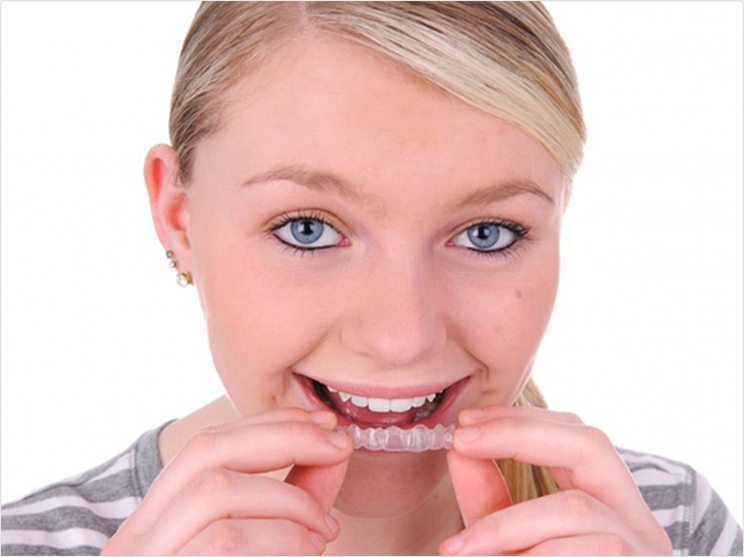
The General Dental Council (GDC) has issued a statement on remote and direct-to-consumer orthodontic services, along with supporting guidance for dental professionals and information for the public.
The statement, which has garnered support from the British Orthodontic Society, the Oral Health Foundation, and Align Technology, is based on three main requirements.
First, in line with current authoritative clinical guidance and orthodontic training, the GDC said, clinical judgments about the suitability of a proposed course of orthodontic treatment must be based on a full assessment of the patient’s oral health.
At present, the GDC said, there is no effective substitute for a physical, clinical examination as the foundation for that assessment. Should a dentist rely upon information from another source to inform their own clinical judgment, the GDC said, the responsibility for that judgment rests wholly with the prescribing dentist.
Second, the GDC said, direct interaction between patient and practitioners, whether in person or remotely, is essential for providing patients with the opportunity to ask question, provide valid and informed consent, and be satisfied that the course of treatment proposed is likely to meet their needs and expectations.
Third, patients must know the full name of the dental professional responsible for their treatment and be able to make direct contact with that person if they need to.
“Traditionally, healthcare is delivered in person—patient and clinician sitting in the same room discussing treatment options and agreeing on a way forward. New technology is challenging that norm, and we support innovation wherever it safely brings benefits to the patient,” said GDC executive director of strategy Stefan Czerniawski.
“But safety is absolutely key, and new ways of doing things must not compromise well-established safety measures which are designed to protect patients,” Czerniawski said.
“Our statement highlights a number of issues that dental professionals working in remote models of treatment will need to consider. One of the main things to remember, though, as is the case in any other setting, it remains the treating dentist who is responsible for ensuring they have met all of the standards for the dental team,” said Czerniawski.
Should professionals have any questions or concerns in relation to their practice, the GDC said, they should seek further advice from their indemnifier or professional association. The GDC also said it will continue to monitor developments in this area.
The British Orthodontic Society (BOS) said it wholeheartedly welcomes the GDC’s statement and accompanying guidance for both patients and professionals regarding direct-to-consumer orthodontic treatment.
The BOS said its members have long warned of concerns about direct-to-consumer orthodontics. In an April 2021 survey, 82% of BOS members were concerned about more patients seeking DIY orthodontics during the pandemic, and 98.92% wanted to see the GDC take action.
“We are delighted that our concerns have been heard by the GDC and acted upon,” said BOS director of external relations Anjli Patel.
“However, as the voice of orthodontics in the UK, we still have reservations about how any wrongdoing by DIY orthodontic companies could be picked up by authorities, and we don’t want patients falling through regulatory cracks. Patients don’t know what they don’t know. We will endeavor to give them all the facts,” said Patel.
The BOS encourages its members and the wider dental community to share the GDC’s guidance for patients widely on social media so the public can consider the questions they should be asking their providers.
Meanwhile, the Oral Health Foundation (OHF) said it also welcomes the GDC’s statement on do-it-yourself orthodontics, saying it solidifies the critical role a trained dental professional plays in treatment and underscores the importance of a physical face-to-face examination.
In line with the increased demand for orthodontic including clear aligners in recent years, the OHF said, there also has been a rise in people who want to cut corners in treatment to cut the price, leading to the growth of DIY orthodontics.
“When it comes to orthodontic treatment, the input of a trained dental professional is key if both the patients’ expectations are to be met and also to ensure safety,” said Dr. Nigel Carter, OBE, chief executive at OHF.
“Innovation in orthodontic treatments is always welcome. However, it must not come at the expense of patient safety or effectiveness,” Carter said. “What this statement from the GDC emphasizes is the role professional orthodontists play in providing safe and effective treatment.”
To help patients make informed and safe decisions about orthodontic treatment, the OHF said, it set up SafeBrace in partnership with the BOS. This campaign aims to offer independent and impartial information and advice about orthodontics.
Align Technology also said it supports the GDC’s statement, noting that it affirms how orthodontic treatment must be based on a full assessment of a patient’s oral health, including a physical, clinical examination prior to commencement of treatment.
The company also commended how the statement highlights the critical importance of direct interaction between a patient and practitioner, the patient knowing the full name of the dental professional treating them, and the ability to directly contact that professional.
“We applaud the GDC for its important role in regulating dental care, guarding the standards for responsible dentistry in the UK, and for providing resources to help dentists support their patients and make informed decisions about dental care,” said Julie Coletti, Align Technology senior vice president and chief legal and regulatory officer.
“We know that orthodontic treatment should always be prescribed and delivered by a doctor who is best qualified to assess and plan clinical treatments based on an in-person exam,” Coletti said.
Related Articles
The Medicaid Orthodontics Program Needs Fixing
Teledentistry Could Expand Oral Healthcare Access in Latino Communities
AAO Offers Orthodontic Guidance During the COVID-19 Outbreak











